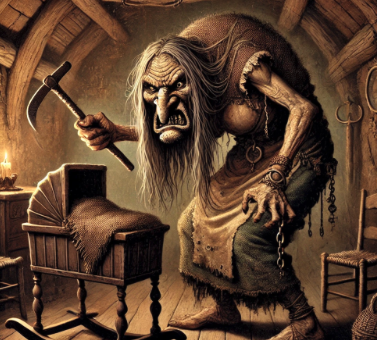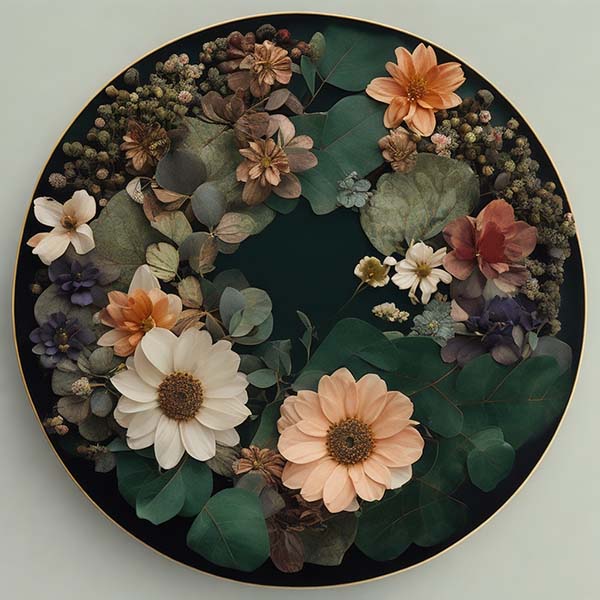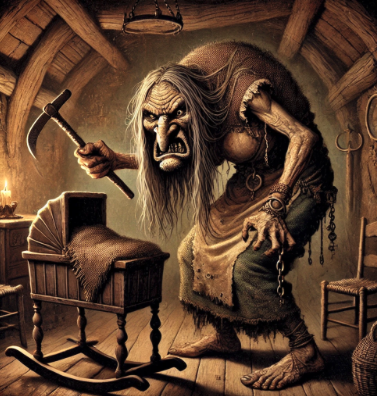
n German folklore, Berchta stands out as a figure both feared and revered. Known as an ugly hag with supernatural attributes, Berchta’s tale is that of ancient Pagan beliefs being corrupted by Christianity.
Berchta, or Bertha, is often depicted with a strikingly unique appearance—she has a single foot and an iron nose. This description aligns her with other figures in mythology known as “swan maidens” or “wild women,” who often possess animal-like features suggesting a deep connection to nature and the old ways.

Historically, Berchta is believed to have descended from a once-venerated Pagan goddess prevalent in south Germanic mythology.
As Christianity spread across Europe, the old gods and goddesses of Paganism were frequently demonized or diminished, transformed into cautionary figures in Christian folklore. Berchta’s evolution from a deity to a hag exemplifies this pattern of transformation, reflecting the tension between old beliefs and new religious doctrines.
Despite her fearsome depiction, Berchta plays a dual role in the folklore that surrounds her. To children, she is a figure of moral discipline, used by parents to instill good behavior. Naughty children are warned of Berchta, possibly facing her wrath if they misbehave. However, she is not solely a figure of terror; to well-behaved children, she appears almost nurturing, fond of rocking their cradles when mothers are away, embodying a protective spirit.

Her most intriguing aspect, perhaps, is her role concerning household management. Berchta is said to punish slovenly housewives with diseases—a reflection of the high value placed on domestic order and cleanliness in Germanic culture.
Yet, her more malevolent attribute involves her feast day customs on Twelfth Night. It was traditional to leave out food for Berchta on this night; neglecting this custom could invoke her most gruesome wrath.
If a household failed to honor her with an offering, she might retaliate by ripping open a mortal’s stomach to take what she desired. After such an act, she would sew up the wound using a ploughshare for a needle and an iron chain for thread—a chilling reminder of the consequences of breaking tradition.

